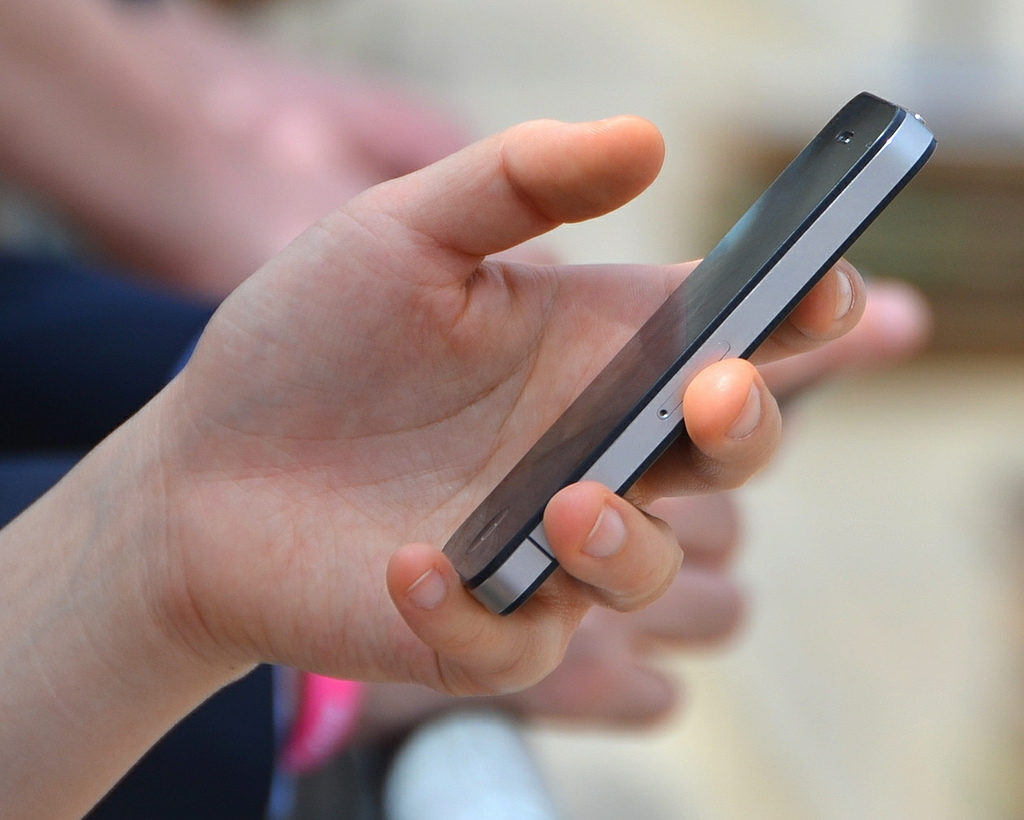In response to the growing research literature on the increases in stress, anxiety, and depression among young adults, a new article – published in the American Journal of Pharmaceutical Education – explores the role of smartphones and screen time. Jeff Cain, a researcher at the University of Kentucky College of Pharmacy, reviews recent research on the contribution of technology to amplified distress among young adults and calls for a recognition of the risks of screen time in childhood wellness programs.

It is difficult to estimate the extent to which social media, use of technology, and smartphone use adversely impact the day-to-day experiences of young people. Indeed, Cain emphasizes that there are many advantages to innovations in technology ranging from easy access to new information to the potential for connection to social communities that may have previously been out of reach. Many creative educators have endeavored to harness emerging technologies to facilitate learning. However, the overarching purpose of Cain’s piece is to broadly synthesize some of the vulnerabilities young people may experience in the face of increased reliance on their smartphones and screen time.
Research exposing adverse outcomes associated with smartphones, social media, and heavy screen time is piling up. Many have linked anxiety, depression, compromises in sleep quality, compromised social skills, increased ADHD-type symptoms and compromised self-esteem to excess screen time, and these outcomes appear to span over generations. However, because new developments in technology so often serve to increase efficiency and, in some cases, access to education, it can be tempting to dismiss known risks.
According to Cain, increases in distress experienced by both undergraduate and graduate populations of college students have been documented in recent years, with heightened surges notable among the former. Universities are struggling to meet the needs of incoming students, as many stressors are pronounced in high-pressure academic environments.
“There are numerous complex and inter-related factors that may be contributing to the rise of reported mental health issues among college students including economic pressures, psychopharmacology, the breakdown of family structures, intense pressure to succeed academically, high rates of narcissism, and a host of other broad societal, cultural, and personal factors,” Cain writes. “However, recent research is beginning to indicate that there may be another underlying factor that is playing a role in college student mental health issues: use of smartphones and social media.”
Cain makes a case for the substantial impact of screen time on young adult health by shedding light on the following findings:
- One study identified a significant, negative correlation between happiness and screen time. That is, increased daily screen time is associated with decreased overall happiness. The implications of this study highly depend on the operationalization of happiness, but the research suggests that compromised life satisfaction associated with screen time.
- The carefully curated nature of social media has been empirically examined and has been found to take a toll on young adults’ self-esteem.
- The looming pressure to be continuously available to friends, educators, and coworkers can make it difficult for young people ever to disconnect from their screens.
- A number of studies have linked screen time and anxiety, depression, and sleep disturbance.
- Screen time can, in some cases, function as an addiction. Interestingly, “Neuroimaging studies show that Internet addiction (of which smartphone and social media addictions are a subset) shows similar increases in activity in brain regions associated with substance-related addictions.”
- The heightened reliance on technology in the classroom increases the need for students to be “plugged-in,” and sometimes necessitates screen time.
“We should not just bemoan and accept these issues as unfortunate consequences of progress,” Cain adds. “If we are serious about providing a ‘holistic’ approach to student development and wellness, we must consider the emerging issues regarding mobile digital technologies as a legitimate factor with regard to mental health.”
Cain suggests that it is not enough to regard excess screen time as a mild symptom of progress. Because individual, within-person factors aren’t alone driving excess screen time, and external factors propel the pressure to be plugged-in, systems necessitating tech use among youths must be examined. Although there are helpful, prosocial features of smartphone use and screen time, increased distress among young adults and hours spent “online” are parallel phenomena that could likely be addressed simultaneously in future policy, education, and intervention reform.
****
Cain, J. (2018). It is Time to Confront Student Mental Health Issues Associated with Smartphones and Social Media. American Journal of Pharmaceutical Education. 82(7). (Link)















The next question to be answered is whether this increased screen time is a cause, or result of internalized misery- are you on line because you’re miserable, or is being constantly on line making you miserable?
Report comment
The slowball is when the cause and result start to amplify each other so it doesnt really matter what came first.
What is “brain hacking”? Tech insiders on why you should care https://www.cbsnews.com/news/brain-hacking-tech-insiders-60-minutes/
Report comment
It would really only take one really popular movie or maybe even music lyrics to portray smart phones as un cool and knock them things down a few notches.
Sucks that people arent into conspiracies anymore like they were cause this one is true they are conspiring to screw with everyone’s heads with those damn phones.
Report comment